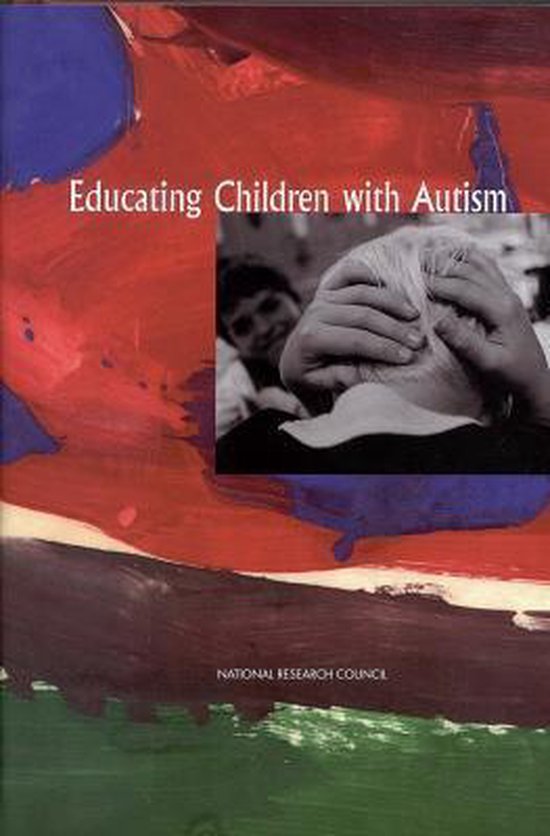Autism is a word most of us are familiar with. But do we really know what it means? Children with autism are challenged by the most essential human behaviors. They have difficulty interacting with other people-often failing to see people as people rather than simply objects in their environment. They cannot easily communicate ideas and feelings, have great trouble imagining what others think or feel, and in some cases spend their lives speechless. They frequently find it hard to make friends or even bond with family members. Their behavior can seem bizarre. Education is the primary form of treatment for this mysterious condition. This means that we place important responsibilities on schools, teachers and children's parents, as well as the other professionals who work with children with autism. With the passage of the Individuals with Disabilities Education Act of 1975, we accepted responsibility for educating children who face special challenges like autism. While we have since amassed a substantial body of research, researchers have not adequately communicated with one another, and their findings have not been integrated into a proven curriculum. Educating Children with Autism outlines an interdisciplinary approach to education for children with autism. The committee explores what makes education effective for the child with autism and identifies specific characteristics of programs that work. Recommendations are offered for choosing educational content and strategies, introducing interaction with other children, and other key areas. This book examines some fundamental issues, including: How children's specific diagnoses should affect educational assessment and planning How we can support the families of children with autism Features of effective instructional and comprehensive programs and strategies How we can better prepare teachers, school staffs, professionals, and parents to educate children with autism What policies at the federal, state, and local levels will best ensure appropriate education, examining strategies and resources needed to address the rights of children with autism to appropriate education. Children with autism present educators with one of their most difficult challenges. Through a comprehensive examination of the scientific knowledge underlying educational practices, programs, and strategies, Educating Children with Autism presents valuable information for parents, administrators, advocates, researchers, and policy makers. Table of Contents Front Matter Executive Summary 1 Introduction 2 Diagnosis, Assessment, and Prevalence 3 Family Roles 4 Goals for Educational Services 5 Development of Communication 6 Social Development 7 Cognitive Development 8 Sensory and Motor Development 9 Adaptive Behaviors 10 Problem Behaviors 11 Instructional Strategies 12 Comprehensive Programs 13 Public Policy and Legal Issues 14 Personnel Preparation 15 Methodological Issues in Research on Educational Interventions 16 Conclusions and Recommendations References Biographical Sketches Index
